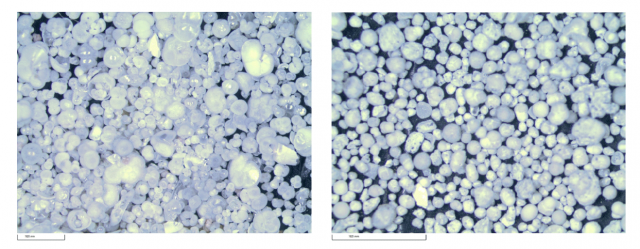
Can you spot the difference?.
Look carefully at the images of micro-fossils from the bottom of the ocean.
Try and see the things that Tiegang Li, our expert in micro-fossils sees.
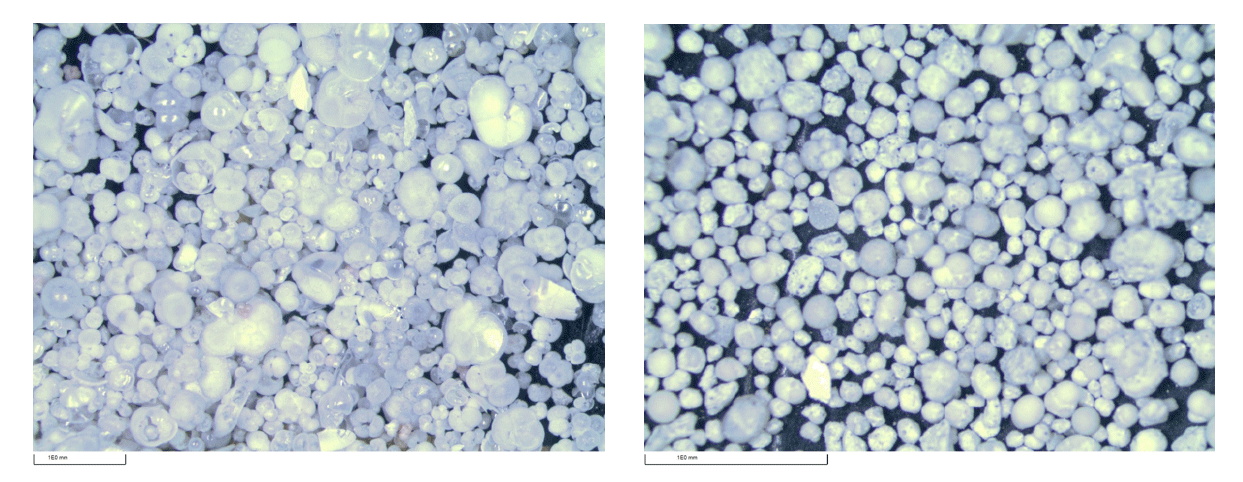
Did you notice that the left photograph shows the fossils to be shiny in appearance. They look almost glassy. The other photograph shows a similar group of fossils but these fossils look dull.
These fossils are called forams. Forams are small single celled organisms that live in the sea and make a calcium carbonate shell. Below are more images. One set of images is of a well preserved foram. The other set is of a moderately preserved foram of the same species. This second foram has undergone chemical changes.
We know that sedimentary rock is made out of sediment but how does sediment become rock? A slow series of changes happen. We can see some of these changes in our microfossils that have been buried deep underground. These changes are called diagenesis.
Look at the pictures of the less well preserved foram. Can you see new materials are forming on the walls of the shell? The inner wall surface looks completely different to the well preserved foram. It is covered with new crystals. The shell itself has partially dissolved and crystals within it may well have been replaced.
| Well preserved |
Moderately preserved |
| The whole foram. | |
 |
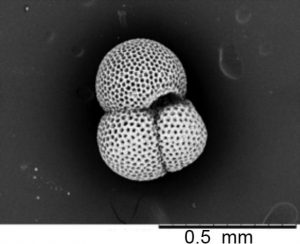 |
| The outside shell. | # |
 |
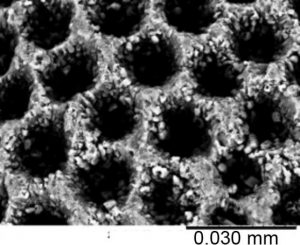 |
| A cross section of the shell. | |
 |
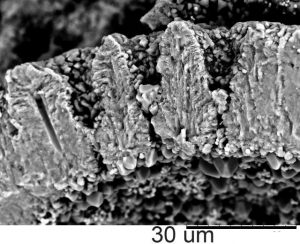 |
| The inside the shell. | |
 |
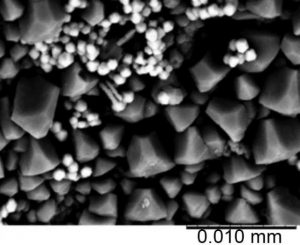 |
Tiegang Li is our expert in the evolution of microfossils and their preservation. He left Beijing University with a degree in Geology. He moved to Qingdao (Tsingtao) where he is now the director of the First Insitiute of Oceanography Chinese Academy of Sciences. It was in Qingdao that he studied for his masters and PhD some years earlier. He is now a leading expert in paleooceanography (understanding past ocean conditions) and micropaleontology (identifying small fossils). His research has focused on the Western Pacific . He uses his knowledge on single cell organisms called forams to help him work out how warm and how salty the ocean was in the past. On this expedition he hopes to find a relationship between the Asian monsoon and the long term changes of the Western Pacific Warm Poo
Tiegang is very happy to live in the seaside city of Qingdao, China. Qingdao is home to the world’s longest bridge and the famous Tsingtao beer. It has a pleasant climate all year round. Tiegang enjoys living near the beach, walking along it every morning to get to work and spend many happy weekends there with his son and wife. Teigan’s wife is an engineer so it seems only fitting that their son is now studying marine engineering taking an interest in both parents work! Close to the city are the beautiful granite Lao Shan mountains so when not on the beach Tiegang likes to be in the mountains. Tiagang also enjoys growing vegetables and flowers in his garden.
One of the roles Tiegang has on board is to look through the microscope to assess how well preserved the microfossils are. This is particularly important if scientists want to analyze the shell or the tests of the microfossils. He uses two types of microscope: a light microscope and a scanning electron microscope to look at forams in our sediment samples.
Forams make a calcium carbonate shell or test. Once the organism has died its shell will start to sink slowly to the ocean floor. During this journey and after its has reached the ocean floor there can be changes to the shells chemistry. Calcium carbonate can slowly dissolve. Once on the bottom the shells will build up with other matter that may be from other living things or eroded rock washed into the sea from the land. As these become buried the supply of oxygen from the water is cut off. A whole series of reactions takes place. New minerals may be formed and old dissolved. When Tiegang looks at the microfossils he wants to see how much of these processes have occurred. He and his team classify the degree of preservation seen in the microfossils.